Mario Livio, Keith Noll, Massimo Stiavelli0521824591, 9780521824590, 9780511062292
Table of contents :
Cover……Page 1
Half-Title……Page 2
Series-title……Page 4
Title……Page 5
Copyright……Page 6
Contents……Page 7
Participants……Page 9
Preface……Page 12
1. Introduction……Page 13
2. Outstanding issues in Mars studies……Page 14
3. Why Use HST?……Page 16
4. Observations……Page 17
4.1. Imaging……Page 18
4.2. Spectroscopy……Page 23
5.1.1. Abundance and spatial distribution of O3 and H2O……Page 24
5.1.3. Changes to the Viking-era climate paradigm?……Page 25
5.1.4. Atmospheric circulation……Page 27
5.2.1. Oxidation state of Fe in the surface materials……Page 28
5.2.2. Global-scale spectral unit mapping……Page 29
5.2.3. Unique surface mineralogic deposits……Page 30
5.2.4. Surface albedo changes on seasonal and interannual timescales……Page 31
5.2.6. High resolution imaging spectroscopy……Page 32
6. Future prospects……Page 33
7. Conclusions……Page 34
REFERENCES……Page 35
1. The Earth’s aurora: Present understanding……Page 37
2. Jupiter’s aurora: Post-Voyager picture……Page 38
3. Background on observations of Jupiter……Page 39
4. FOC, WFPC 2, STIS UV imaging properties……Page 40
5. Summary of FOC results……Page 42
6. Summary of GHRS results……Page 44
7. Summary of WFPC2 results……Page 46
8. Summary of initial STIS results……Page 48
9. Coordinated missions and future Jupiter observations……Page 50
10. HST images of Saturn’s aurora……Page 51
REFERENCES……Page 53
1. Introduction……Page 56
1.1. How do stars form?……Page 57
2.2. Evaporating disks in HII regions……Page 58
2.4. Consequences for the origins and architectures of planetary systems……Page 60
3. Where do most stars form?……Page 61
3.2. Hazards to planet formation……Page 63
4.1. Outflows from low mass stars……Page 64
4.2. Proper motions of Herbig-Haro Objects……Page 65
4.3. Properties of Herbig-Haro shocks……Page 66
4.4. Herbig-Haro jets and stellar multiplicity……Page 67
4.5. Irradiate jets and microjets……Page 68
4.6. Wind-wind collision fronts……Page 69
4.7. Flows from massive stars……Page 70
5. Conclusions……Page 72
REFERENCES……Page 73
1. Introduction……Page 76
2. Energetics……Page 78
3. The circumstellar rings……Page 79
4. The crash begins……Page 80
5. The reverse shock……Page 81
6. The hot spots……Page 82
7. The X-ray source……Page 85
8. The future……Page 86
REFERENCES……Page 89
Globular clusters: The view from HST……Page 90
1.1. The limits of the color-magnitude diagram……Page 91
1.2. The quest for the white dwarf sequence……Page 93
1.3. The faint main sequence and the IMF……Page 94
2. The age profile of the Galactic halo……Page 97
3. Core structures and stellar populations……Page 100
4. Globular clusters in local group dwarf galaxies……Page 103
5. M31 and beyond……Page 104
6. Young globular clusters: Starbursts and mergers……Page 105
7. Giant ellipticals: Another direction for galaxy archaeology……Page 107
REFERENCES……Page 109
1. Introduction……Page 113
2. Diagnostic power of ultraviolet absorption line spectroscopy……Page 114
3. Goddard High Resolution Spectrograph and the Space Telescope Imaging Spectrograph……Page 115
4. Abundance notation system……Page 116
5. Gas phase abundances in diffuse clouds……Page 117
6. Changes in the gas phase abundances from disk clouds to halo clouds……Page 121
7. Implications for the composition of interstellar grain cores……Page 123
8. Gas phase abundances in high velocity clouds……Page 124
9. The extension of highly ionized gas into the Milky Way halo……Page 126
REFERENCES……Page 128
1. Introduction……Page 131
2. Search for variability……Page 132
3. Emission line imaging……Page 133
4. Flux from the black hole?……Page 134
5. Star formation at the Galactic Center……Page 135
5.1. Construction of complete samples……Page 137
REFERENCES……Page 138
1. Introduction……Page 140
1.1. Dwarf Galaxy types……Page 141
1.2. The properties of Local Group Galaxies……Page 143
2. Why study dwarf galaxies?……Page 145
3. Color-Magnitude Diagram analysis: How to study dwarf galaxies……Page 146
3.1.3. The Red Giant Branch (RGB)……Page 147
3.2. Monte-Carlo simulations of CMDs……Page 148
4.3. IC 1613……Page 153
4.4. WLM……Page 155
4.5. Leo I……Page 156
4.6. Andromeda II……Page 157
4.8. VII Zw403……Page 159
5. New Results from a New Telescope……Page 160
REFERENCES……Page 162
1.1. Hubble’s first six months……Page 165
1.2. Motivation……Page 166
2. Nearby resolved star clusters……Page 167
2.1. Young clusters near the center of the Milky Way……Page 168
2.2. The Initial Stellar Mass Function (IMF)……Page 169
3.1. Young compact star clusters in merging galaxies……Page 171
3.1.1. Luminosities and colors……Page 173
3.1.2. Sizes……Page 174
3.1.3. Ages……Page 175
3.1.4. Mass……Page 176
3.1.5. The luminosity function……Page 177
3.2. Young compact star clusters in starburst galaxies……Page 178
3.3. Young star clusters in spiral galaxies……Page 179
3.3.1. Young compact star clusters in tidal tails……Page 180
4. A compilation of the literature and a discussion of broader issues……Page 181
5.2. What fraction of stars are formed in clusters?……Page 185
5.4. Is a massive open cluster the same as a low-mass globular cluster?……Page 186
REFERENCES……Page 187
2. Starburst hosts……Page 191
3. Stellar content……Page 197
4. Evolution of starbursts……Page 200
5. Effects of star formation on the environment……Page 203
REFERENCES……Page 207
1. Introduction……Page 210
2.3. Virial masses……Page 211
2.4. The black hole mass of a Seyfert galaxy……Page 212
3.1. Cen A……Page 213
4. Statistical properties of AGN and radio galaxies……Page 214
4.1. Host morphology of radio galaxies and quasars……Page 215
4.2. Seyfert morphologies……Page 216
4.3. Seyfert nuclei……Page 219
5.1. Ellipticals and S0 galaxies……Page 220
5.2. Early and late type spirals……Page 222
6. Formation and evolution……Page 223
REFERENCES……Page 224
1. Introduction……Page 226
2. The H HST Key Project……Page 227
3. Metallicity and the Cepheid Distance Scale……Page 228
4. The Hubble Constant……Page 229
5. H from methods independent of Cepheids……Page 230
6. The Expansion Age and implications for cosmology……Page 231
7. Conclusions……Page 232
REFERENCES……Page 233
1. Introduction……Page 234
2.1. The sample……Page 235
2.2. The color of blue SNe Ia……Page 236
2.3. Second-parameter correction……Page 237
2.4. The luminosity calibration of SNe Ia……Page 238
2.5. The value of H……Page 239
2.6. Discussion……Page 242
3.1.1. Brightest cluster members……Page 243
3.2. Relative distances of local groups and clusters……Page 244
3.3. The distance of the Virgo cluster and of other clusters……Page 246
3.4. The Teerikorpi cluster incompleteness bias……Page 249
3.5. The value of H from clusters……Page 250
4. H from Field Galaxies……Page 251
5. Conclusions……Page 254
REFERENCES……Page 256
1.1. Dark matter and dark energy……Page 259
1.2. Lensing as a tool……Page 260
2. Quasars lensed by galaxies……Page 262
2.1. Direct measure of the Hubble constant……Page 263
2.2. Constraining the cosmological constant……Page 265
3. Clusters of galaxies lensing background galaxies……Page 266
3.1. High resolution maps of cluster mass……Page 267
3.2. Cosmology from the cluster double-source lens……Page 270
4. Conclusions……Page 271
REFERENCES……Page 272
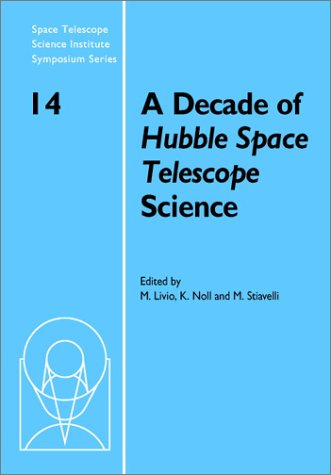
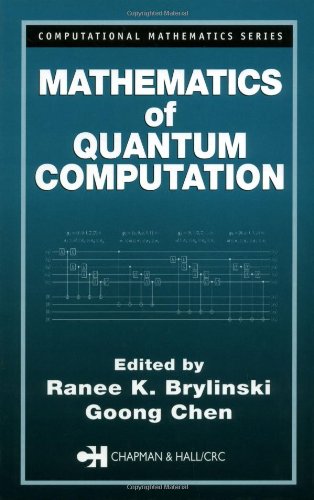
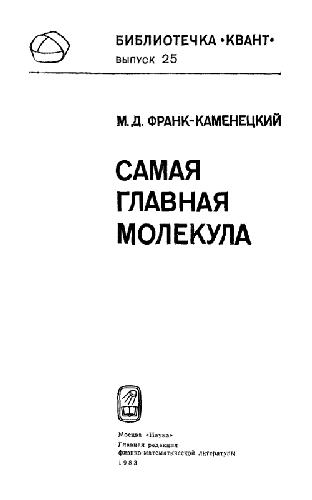
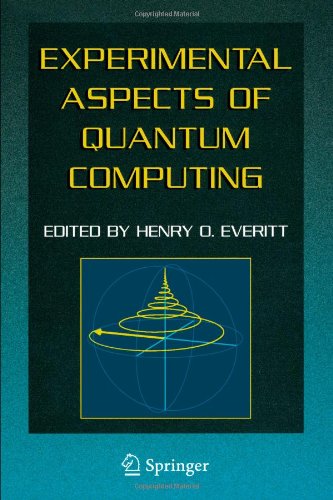


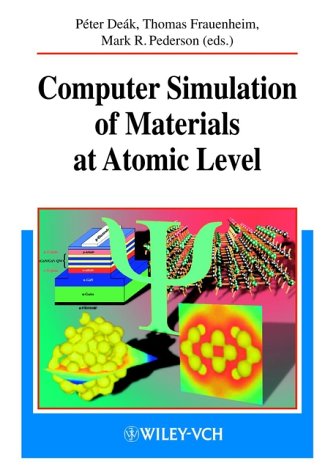
Reviews
There are no reviews yet.